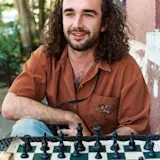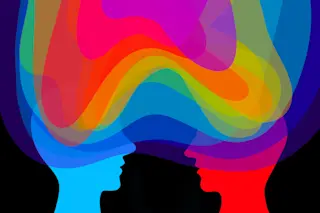People synchronize in various ways when we interact with one another. We subconsciously match our footsteps when we walk. During conversations, we mirror each other's postures and gestures.
To that end, studies have shown that people synchronize heart rates and breathing when watching emotional films together. The same happens when romantic partners share a bed. Some scientists think we do this to build trust and perceive people as similar to ourselves, which encourages us to behave compassionately.
Surprisingly, people synchronize their neural rhythms, too. Researchers like Tom Froese, a cognitive scientist from the Okinawa Institute of Science and Technology in Japan, think that these findings could upend our current models of consciousness.
You may have experienced this while playing music with someone and falling into rhythmic and melodic harmony. Or you may collectively solved a problem with a team. Perhaps it felt like you were operating at the same frequency ...















